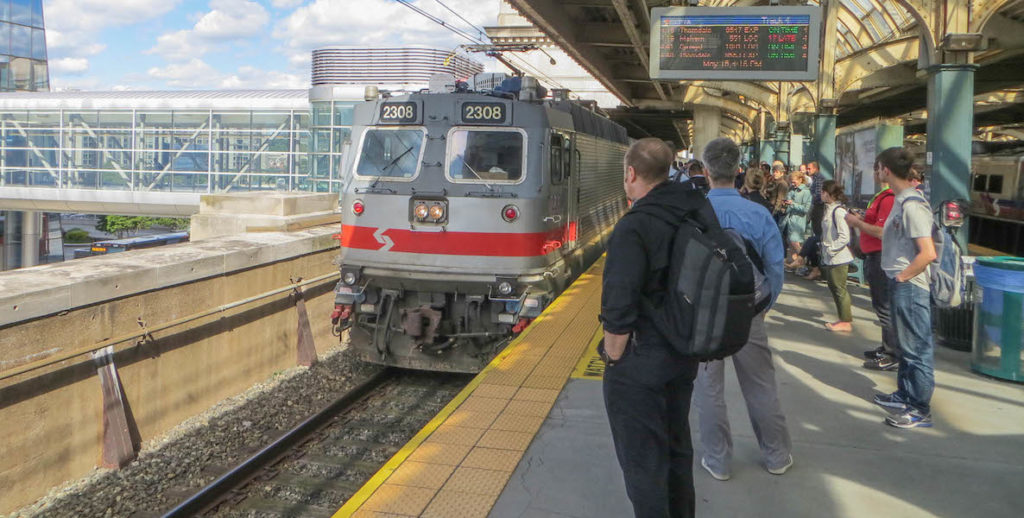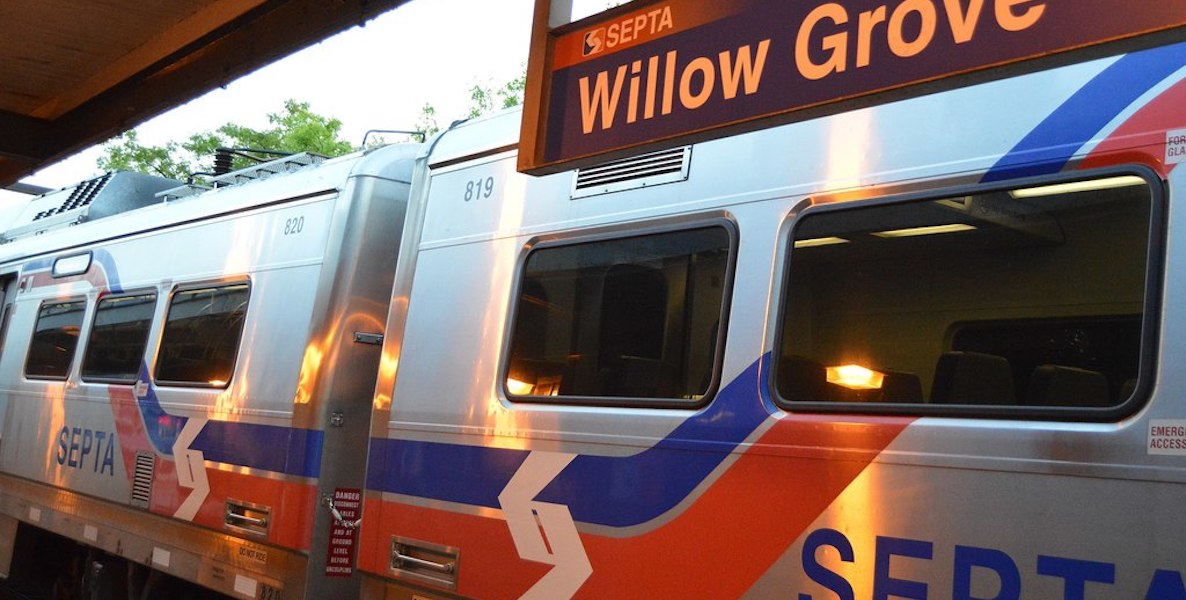As Philadelphia grapples with a new report that details why people leave this city, we should stop to think about what our competitive advantages are that keep people here. As that Pew Report reminds us, we may not have great job growth, a low poverty rate or a high-performing school system, but to focus on one positive, we do actually have better-than-average transportation infrastructure. We have a subway, an extensive regional rail that connects to the airport, a mature bus system.

Prefer the audio version of this story? Listen to this article in CitizenCast below:

But these boons to our city are being taken for granted and our lack of a plan to leverage transportation to tackle our lack of jobs and high poverty rate threatens Philadelphia’s livability.
Downtown streets are more congested than ever as Uber, Lyft and a delivery-on-demand culture clog the curbs and roads. Center City District calls this frustrating and occasionally dangerous issue an “emerging challenge to the city’s long-term vitality and attractiveness.”
Meanwhile, Amtrak took 30th Street Station off one of its Acela routes last week seemingly without anyone noticing or caring, potentially setting Philadelphia up for a future with less rail access. And SEPTA’s priorities feel biased against the city: a bus route redesign is bitterly awaited by the city’s thousands of core and poor residents, while SEPTA recently invested more than $100 million in just three Regional Rail station renovations in Paoli ($48 million), Ardmore ($34 million) and Secane ($19.2 million).
Maintaining quality transportation could be a way that Philadelphia wins on the East Coast, but only if the transportation system works for all residents.
These threats to our transportation infrastructure could pose a problem to our city’s economic success in the long run. This past summer, Amtrak announced that it was experimenting with a new express Acela route going directly from New York City to D.C. and back. Officials confirmed that if the test schedule was successful, Amtrak might expand the route’s frequency. When the news broke back in July, I couldn’t find a single publicized local response. Sure, it’s just one train a day, and an express train between the two cities makes sense. But in this move, Philadelphia was eliminated in the same way that Trenton, Wilmington and Baltimore were. We all became “ride-by” country.
The move by Amtrak makes clear what many global CEOs think: there’s top tier cities and everyone else. This lack of nuance is why Google, Amazon and the like are putting the bulk of their jobs in a handful of cities rather than investing in markets like Philly. It occurred to me that Acela might one day become a route that goes express from D.C. to New York to Boston and back, further linking these cities and leaving Philadelphia behind. As we think about how to address a problem like job growth, we have to ensure Philadelphia conveys an image (and reality) of being a city of choice for employers and employees. We can’t do that if we’re literally not on the map.
![]()
How about developing a partnership with philanthropy and the city to eliminate the $1 transfer fee for the city’s 200,000 residents living in deep poverty? This wouldn’t cost SEPTA much, would boost bus and subway ridership rates and address the city’s inequality.
Instead of a laser-like focus on the topic of inequality, SEPTA is perpetually focused on its Regional Rail customers. SEPTA is developing partnerships like a park-and-wash carwash at suburban train stations, catering to the “hectic schedules” of its Regional Rail riders. Where’s the effort to partner on programs that might similarly improve the lives of bus and subway riders, many of whom have to use SEPTA as they cobble together jobs to make ends meet?
At the same time that SEPTA is looking at how to move buses more efficiently through the city, Center City District is studying the use of curb space in downtown to better understand if it’s properly allocated to traffic, parking and loading. Likewise, the City is hiring for Vision Zero and for its new program of traffic cops. But these efforts are not highly coordinated. Instead, each entity is separately trying to solve the problems it has control over.
The move by Amtrak makes clear what many global CEOs think: there’s top tier cities and everyone else. This lack of nuance is why Google, Amazon and the like are putting the bulk of their jobs in a handful of cities rather than investing in markets like Philly.
Ultimately, we need a bigger, broader transportation discussion that addresses the extent of our transportation assets and challenges, but importantly also connects transportation to the city’s social and economic goals. If we are going to try to increase the number and quality of jobs in the city, we need to ensure our train station—which punches way above its weight—is properly respected. 30th Street Station is Amtrak’s third-busiest station, behind New York and DC and in front of Chicago, Los Angeles and Boston (4th, 5th, and 6th, respectively).
Philadelphia’s high ridership is actually disproportionate to its population size and certainly to its high-earner population. Our metropolitan area population is just 6 million, but we average 4 million passengers a year. Meanwhile, New York City has a metropolitan population of 19 million and has just 10 million passengers per year; Chicago has 9.5 million people and passengers are just 3.5 million.
Bad transportation systems are a threat to New York and Boston right now; with Amazon HQ2, the D.C.-area is guaranteed to be a mess. Maintaining quality transportation could be a way that Philadelphia wins on the East Coast, but only if the transportation system works for all residents.
Diana Lind, executive director of the Arts + Business Council for Greater Philadelphia, is a Citizen board member.


